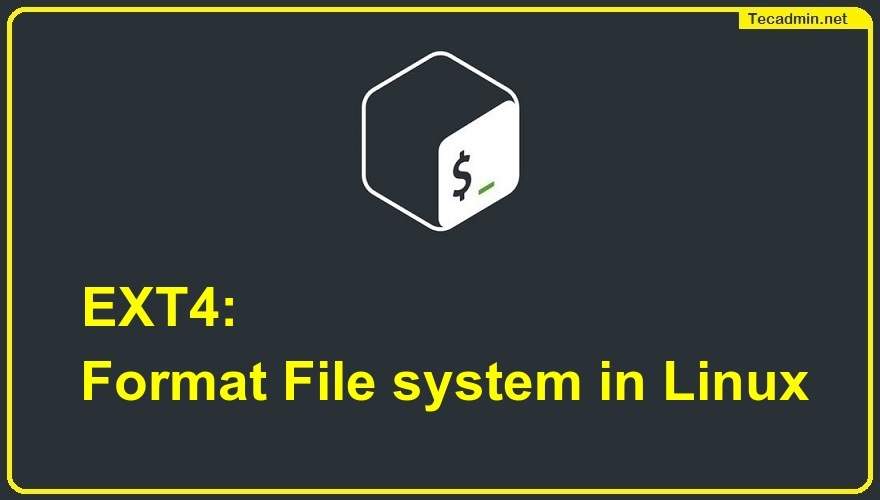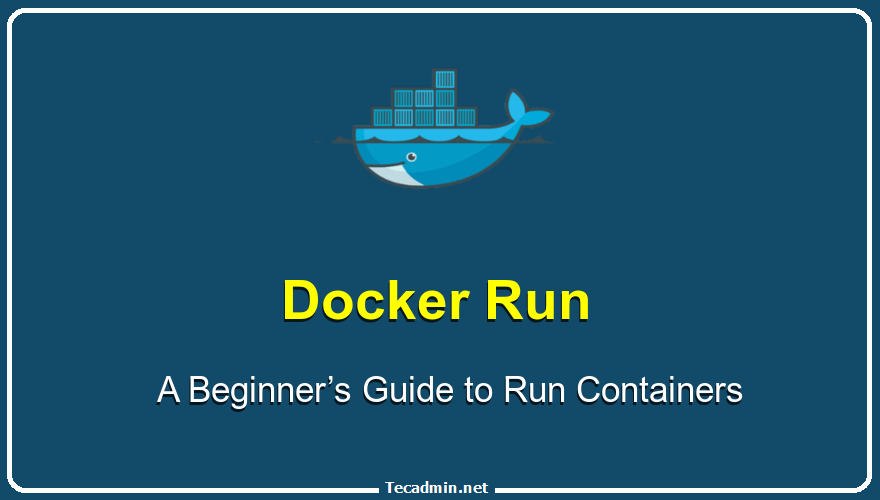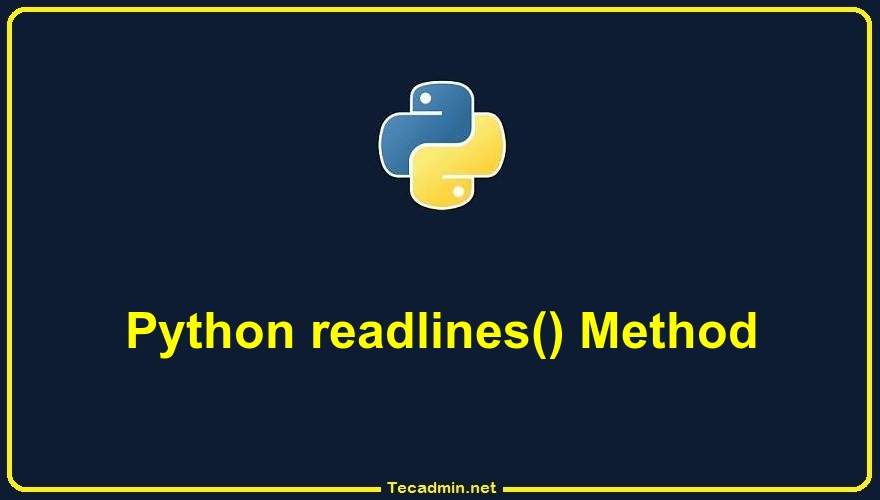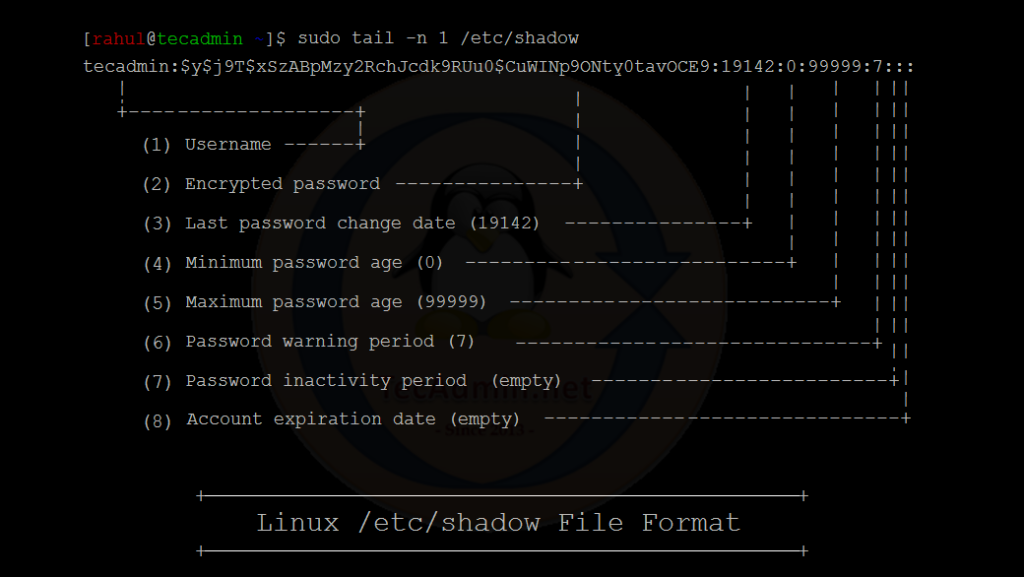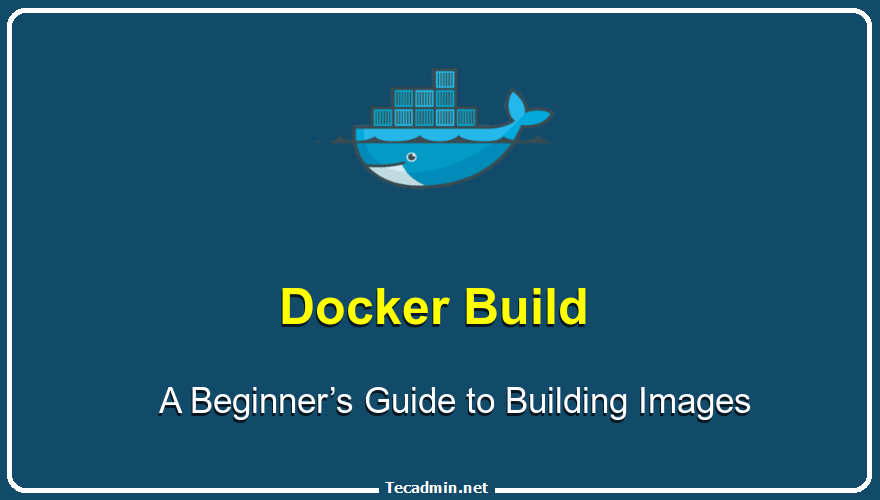In Linux, the `su` command allows a user to switch to a different user account. The `su` command can be followed by the name of the user to switch to, and will prompt the user for the password of the user they are trying to switch to. The `su` command has a number of options that can be used to modify its behavior. One of these options is `-`, which stands for “login shell”. When the `-` option is used with the `su` command, it causes the su command to run a login shell for the specified user. This means…
Author: Rahul
Tkinter is a Python library that is used to create graphical user interfaces (GUIs). It is a standard Python interface to the Tk GUI toolkit, which is widely used in the Linux operating system. In this tutorial, we will learn how to install Tkinter on a Linux system using either pip or apt-get. Prerequisites To install Python’s Tkinter module on a Linux system, you will need to have the following prerequisites installed: Python: Tkinter is a module for Python, so you will need to have Python installed on your system. Most Linux distributions come with Python pre-installed, but if you…
If you get an error message saying “Could not find a version that satisfies the requirement tkinter (from versions: none). No matching distribution found for tkinter”, can be frustrating and may prevent you from using Tkinter in your Python scripts. In this tutorial, we will learn how to resolve this error and successfully install Tkinter on a Linux system using either default package manager. In this quick troubleshooting guide, I will try to help you to resolve this issue. Solution Most of the popular operating systems contain the `Tkinter` library in their default repositories. Which can be installed using the…
Welcome to our beginner’s guide to formatting EXT4 partitions on Linux! In this tutorial, we’ll walk you through the process of creating and formatting an EXT4 partition on a Linux system, using tools like `mkfs.ext4`. We’ll also cover some important considerations to keep in mind when formatting an EXT4 partition. Before we get started, it’s important to note that formatting a partition will erase all data on it. Make sure you have backed up any important data before proceeding. Prerequisites Before we begin, you’ll need to have a Linux system with a partition that you want to format as EXT4.…
When it comes to scheduling jobs and programs that automatically run at set intervals or can be triggered by another event, you have plenty of options. You can use a general-purpose utility like cron, the built-in scheduler in macOS or Linux, or a specialized tool like AWS Lambda. Cron, though not as powerful as AWS Lambda, is a solid choice if you’re using containers because it’s designed to handle background tasks on Unix systems. With Docker, however, things get a little trickier because you can’t just launch a new cron instance from your terminal and expect it to work. How…
Docker is a popular tool for packaging and deploying applications, and a key part of the Docker workflow is running Docker containers. In this beginner’s guide, we will explain what Docker containers are and how to run them. What is a Docker Container? A Docker container is a lightweight and standalone executable package that includes everything needed to run an application, including the code, a runtime, libraries, environment variables, and config files. Containers are built on top of Docker’s open-source containerization technology, which allows developers to package and deploy applications in a container, making it easier to run applications consistently…
If you’re a Python programmer, you may have heard of the `writelines()` Method. But what exactly is it? The `writelines()` Method is a powerful tool that makes it easy to write a list of strings to a file. You can think of it as a shortcut for writing multiple lines to a file. It’s a great way to save time and effort when writing files. The `writelines()` method in Python is a method that is used to write a list of strings to a file. It is a method of the File object in Python, which represents an open file.…
Have you ever wanted to read a file line by line in Python? Then you should be familiar with the Python `readlines()` Method! This powerful Python Method is used to read a file line by line and store each line in a list. This means you can access each line of the file using a simple list index, and you can easily manipulate the contents of the file. The `readlines()` Method is very useful for reading files that contain lots of information or have many lines of text. You can also use the `readlines()` Method to read a file one…
The `/etc/shadow` file in a Linux system stores password information for user accounts. It is a secure file that is readable only by the root user and is used to store the encrypted password for each user account, as well as other optional password-related information. The `/etc/shadow` file contains one line for each user account, with the fields being separated by a colon (:). The below screenshot shows the number of fields in an entry: A basic overview of all the fields in the /etc/shadow file is as follows: Username: The name of the user account. Encrypted password: The encrypted…
Docker is a popular tool for packaging and deploying applications in an isolated environment, and a key part of the Docker workflow is building Docker images. We can build our own images with the help of base images and use them to create containers. We can also pull the images directly from the docker hub (https://hub.docker.com/) for our application. In this beginner’s guide, we will explain what Docker images are and how to build them. What is a Docker Image? A Docker image is a lightweight, stand-alone, and executable package that includes everything needed to run a piece of software,…

